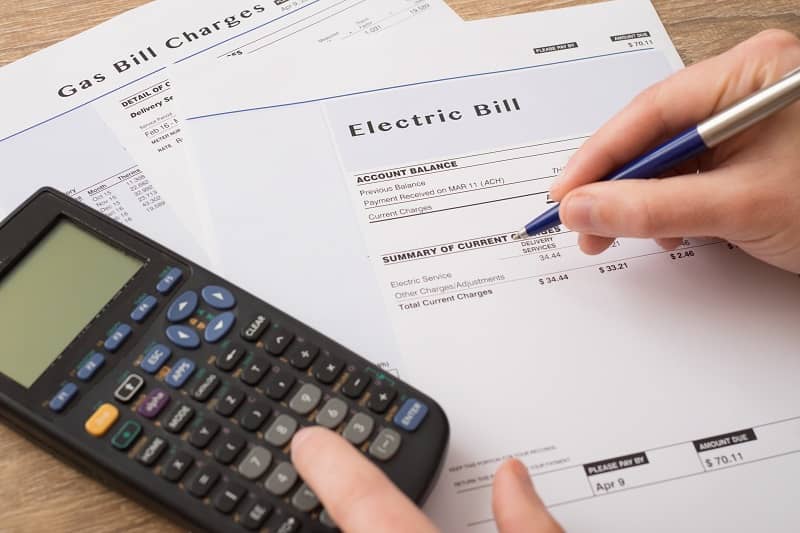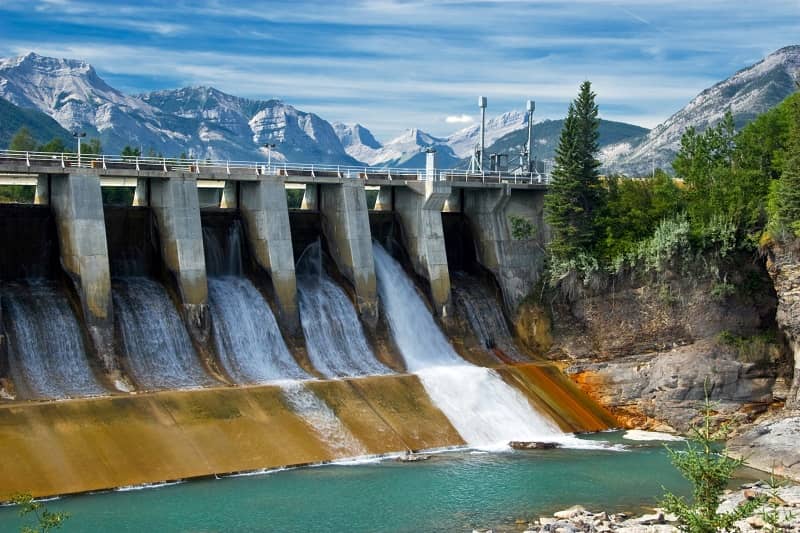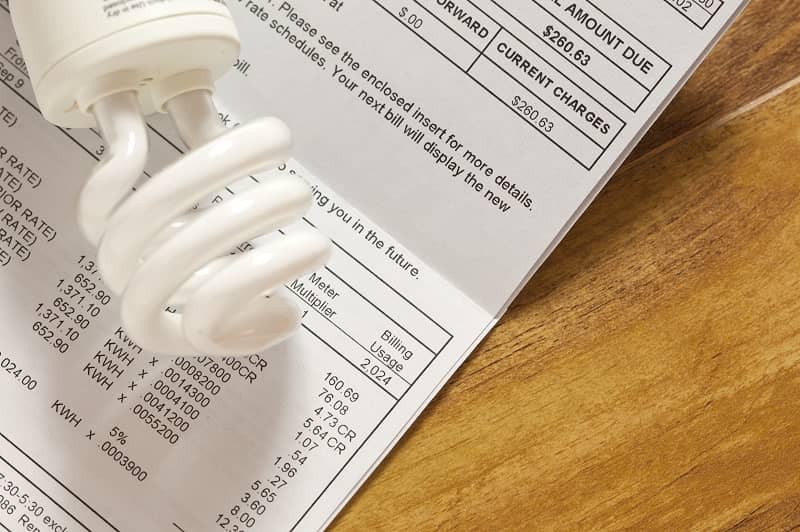Summary: Last month, the U.S. House of Representatives passed HR 2454, known as the American Clean Energy and Security Act of 2009 or the Waxman-Markey bill. If also passed by the Senate and signed by the President, the bill would implement a federal cap-and-trade program. Advocates of the bill have proclaimed that it will be an opportunity to create a new clean energy sector that will be a boon to the United States’ weakened economy. Unfortunately, this isn’t true.
As one bad idea dies, another is born. The state-level push to be part of a regional cap-and-trade program died in the last legislative session (which ended June 29), but an even more ominous national cap-and-trade program is on the table for Oregonians.
For years, greenhouse gas emissions have increased while global temperatures have declined. Even so, many policymakers still conclude that it is time for the federal government to begin regulating the release of emissions into the atmosphere in order to attempt to stabilize the global climate. Last month, the U.S. House of Representatives passed HR 2454, known as the American Clean Energy and Security Act of 2009 or the Waxman-Markey bill. If also passed by the Senate and signed by the President, the bill would implement a federal cap-and-trade program. Advocates of the bill have proclaimed that it will be an opportunity to create a new clean energy sector that will be a boon to the United States’ weakened economy. Unfortunately, this isn’t true. A federal cap-and-trade program simply would be a complex energy tax leading to significant economic costs for the nation and for the state of Oregon.
The American Clean Energy and Security Act of 2009 attempts to reduce emissions to approximately 20% below 2005 levels by 2020 by “capping” total emissions at some arbitrary level and then issuing permits, each of which allows a certain amount of emissions. This cap would become more stringent over time. If a regulated facility wishes to emit more than its endowed permits allow, the facility would have to purchase permits in the market. Sellers would be regulated facilities that emit less than their permits allow, either because they have low-cost ways of reducing emissions, reduce their overall output or choose to go out of business.
Although it is nearly impossible to calculate the benefits (if they even exist) from reducing emissions, the costs to the Oregon economy due to a federal cap-and-trade program can be calculated. In September 2008, QuantEcon, Inc., under contract with Cascade Policy Institute, produced an economic study entitled “Oregon Greenhouse Gas Reduction Policies: The Economic and Fiscal Impact Challenges” that assessed the quantifiable and measurable costs in reaching Oregon’s own greenhouse gas reduction goals. The authors found that the strength of the economy, energy use and carbon dioxide emissions are mutually dependent (or statistically cointegrated, as economists would say). Because of the absence of any “silver bullet” technology to reduce emissions, reaching the state’s ambitious emission reduction goals would lead to considerable economic costs. Assuming that the 2020 federal reduction goal is applied to each state equally, the model is flexible enough to show that the cost to the Oregon economy from a federal cap-and-trade program is also expected to be significant.
With projections of Oregon population growth to 2020, emissions under the federal cap-and-trade program would have to drop severely to approximately 35% lower per person than today’s emissions. This drastic reduction would lead to decreased economic growth for the state. The study predicts that Oregon’s economic growth to 2020 would be approximately $41.3 billion lower than without the emissions goals. This means that recovering from the recession will be even more difficult for the state.
Currently, Oregon is dealing with one of the highest unemployment rates in the nation, and a federal cap-and-trade program will only make employment opportunities worse. The study predicts 2020 unemployment levels would be 3.6% higher than without the emissions goals. This means there will be approximately 70,000 fewer jobs in Oregon than would have existed in the absence of a federal cap-and-trade program.
Also, the study’s figures estimate that 2020 state and local tax revenues will be 10.9% ($3.7 billion) lower than without the emissions goals. Thus, state and local governments struggling to balance their budgets would have to cut services substantially and/or increase taxes.
A federal cap-and-trade program will be a hidden energy tax on every product consumed by everyone, all under the guise of “saving the planet.” Although the cost of the federal legislation may not hit all states equally, the cost to Oregonians of the American Clean Energy and Security Act will be significant. If the bill is passed by the Senate, the state of Oregon will see job losses, government revenue shortfalls and significant decreases in economic growth that will further intensify its impact on a recession-ridden state.











